Ritual? Belief? Tradition? Myth?
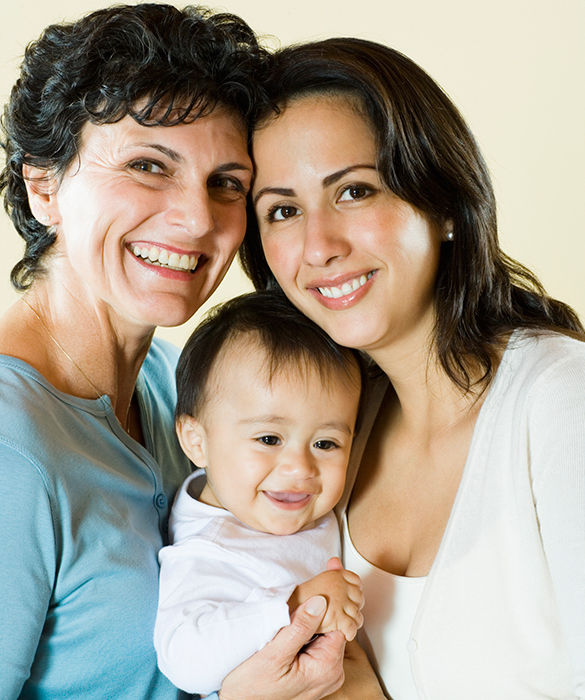
Mothers around the world often have very strong beliefs when it comes to caring for their children, and Latinas are no different. Here are 10 child-rearing traditions from Latin America, many of which are still practiced by Latinas in the United States. While some of these rituals may not be based in science, they're all based in love.
Sing the Pain Away
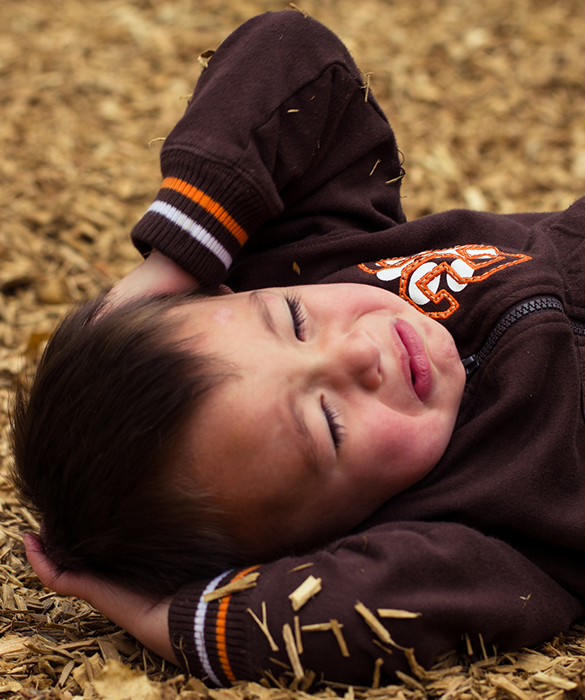
"Sana, Sana, Colita de Rana" goes the song. The silly little chant means, "heal, heal, little frog tail." The second line follows, "si no sana hoy, sanará mañana" which means, "if it doesn't heal today, it'll heal tomorrow." When a mother sings this to an injured child while rubbing or tapping their boo-boo, they laugh instead of cry.
MORE: This Video Isn't Just an Ode to Brown Girls
Photo via Flickr CreativeCommons, Michael Bentley
Mal de Ojo, The Evil Eye
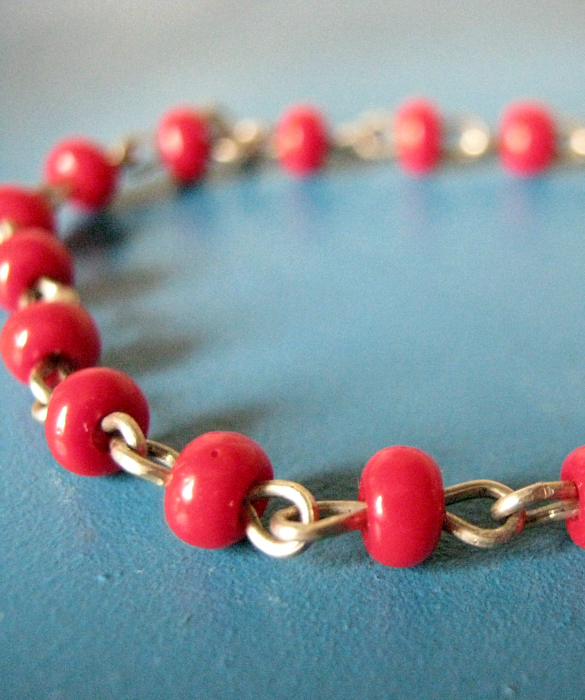
No matter what you call it, the "evil eye" is unwanted in cultures around the world. In Latin American culture, "mal de ojo" is caused when one looks at another with envy and it is believed to inflict injury or bad luck. Mothers are especially wary of evil eye and protect their infants by having them wear bracelets, like this red-beaded one from El Salvador. Those who come to admire the baby are also encouraged to touch the child to ward off "mal de ojo." Children afflicted with evil eye must be seen by a curandero (healer), who will often perform a ritual which includes passing an egg over the child's body and breaking it into a glass of water.
Vicks VapoRub as a Cure-All

For whatever ails you, Vicks VapoRub will cure you—or at least that's what many Latina mothers believe. The mentholated topical ointment is advertised as a way to relieve cough symptoms, but in some Latino homes, "Vivaporu" as it's often called by Spanish-speakers, is considered a cure-all. In addition to being rubbed lovingly on a child's chest, mothers often put it on children's feet before bed.
Photo via Flickr Creative Commons, mollypop
Baby's First Haircut
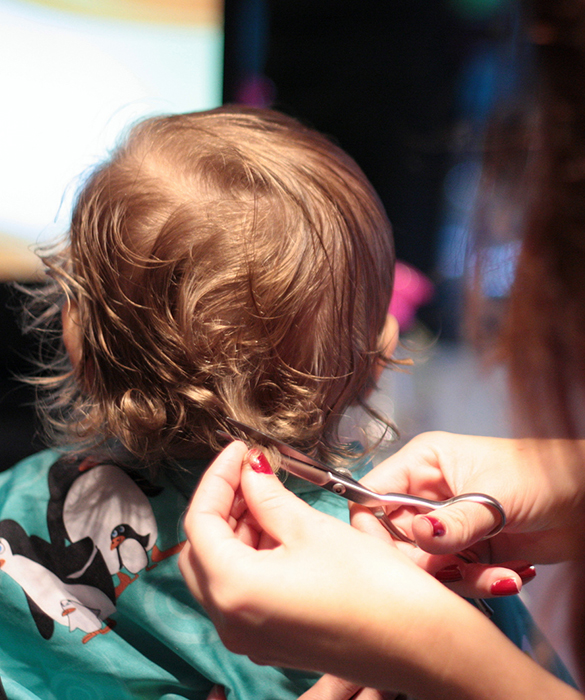
It doesn't matter how long or crazy a baby's hair gets, some Latina mothers won't cut it until after the child has turned 1 year old. The belief is that cutting it sooner would affect the quality of the hair and its ability to grow later in life, but it’s just an old wives’ tale.
Photo via Flickr Creative Commons, seanmfreese
Light Some Candles, Mamá
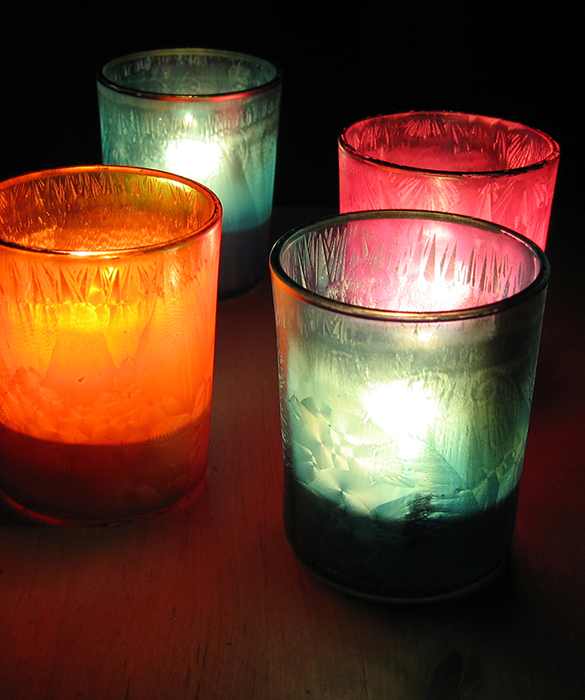
Velitas are candles and some Latin American mothers light them when they desire or wish for something—often for their children and especially for health concerns. While lighting a velita is most often tied to prayers, even those who don't consider themselves traditionally religious use them as a symbolic gesture.
Photo via Flickr Creative Commons, xrrr
Ratoncito Pérez, Latin America's Tooth Fairy
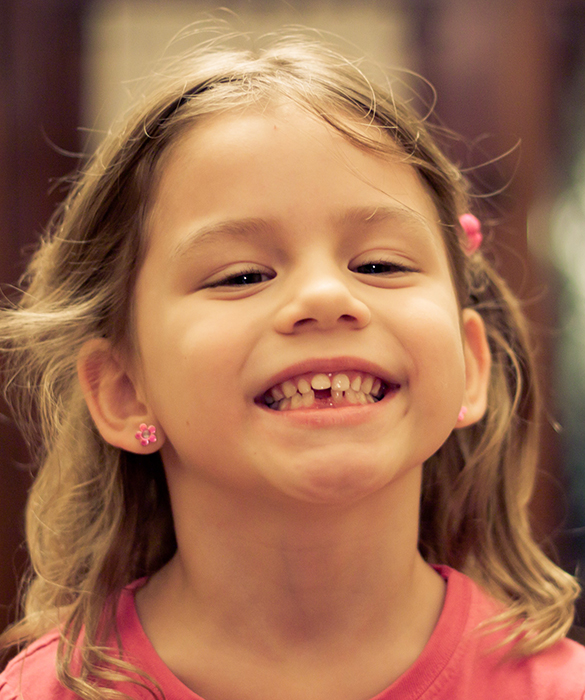
In some Latin American homes it isn't the Tooth Fairy who comes to retrieve a child's lost tooth at night, but rather a mouse by the name of Ratoncito Pérez, El Ratón Pérez or simply, el Ratón de los Dientes. When the child awakens in the morning, the tooth is gone and a small gift is left in its place.
Photo via Flickr Creative Commons, kellyv
Sunken Fontanelle
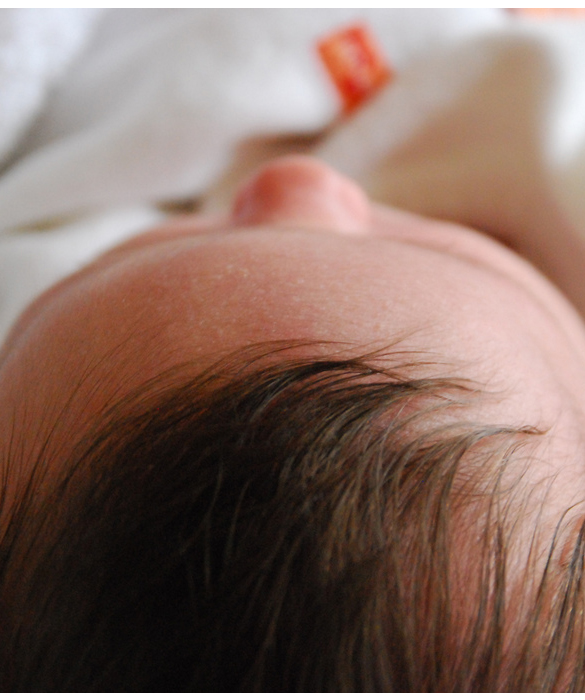
Sunken fontanelle, known as caida de mollera in Spanish, is a medical condition in babies experiencing dehydration. In Latin America, some believe that when the crown of an infant's head has"fallen" it's because the baby was taken away from the breast too quickly during breastfeeding. There are several ways mothers attempt to cure caida de mollera, including pushing on the roof of the baby's mouth or tapping the baby's feet while upside down—however, these are not medically approved cures. A baby showing signs of dehydration should see a doctor as soon as possible.
Worry Dolls
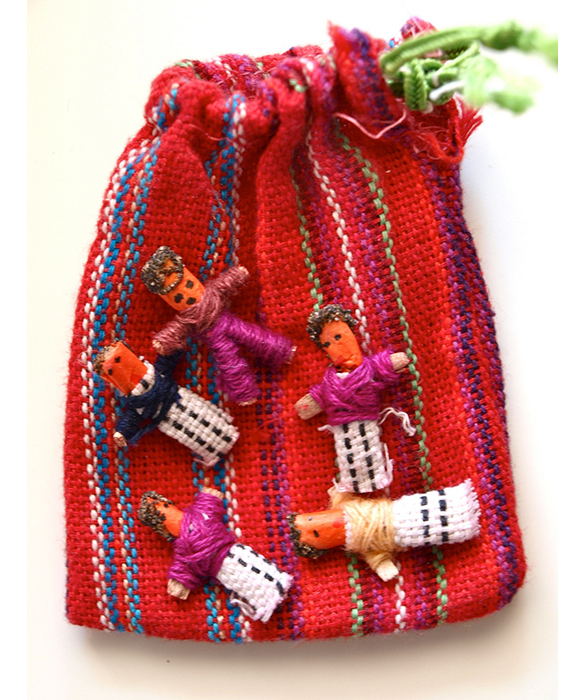
Guatemalan mothers put their children to bed with tiny worry dolls. When a child can't sleep, she can tell her troubles to the colorful little dolls and then tuck them safely beneath her pillow to ensure sweet dreams.
Photo via Flickr Creative Commons, edtechie99
It's a Wrap!
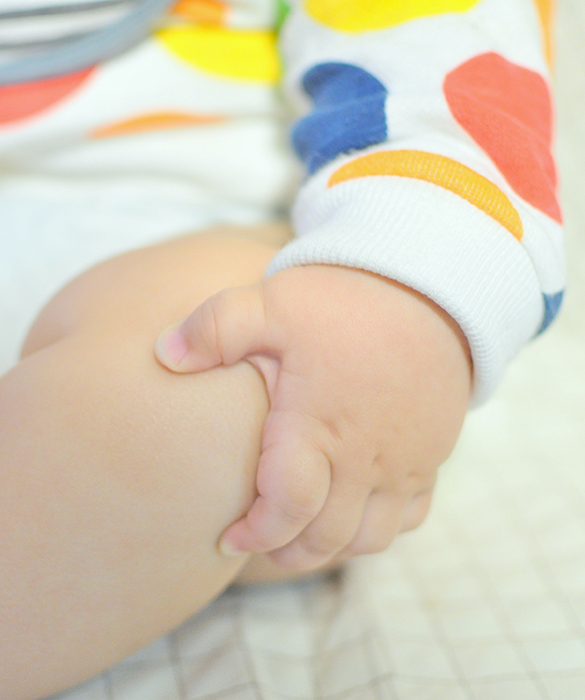
Want to prevent your baby from being bow-legged? Some Latin American mothers believe that making sure your infant is snugly swaddled in a blanket will ensure the child's legs grow straight. While swaddling is a great way to make your baby feel secure, doctors recommend not swaddling babies too tightly with their legs straight, which can damage soft cartilage and lead to hip dysplasia.
Photo via Flickr Creative Commons, yoppy
Puffy Tortillas and Marriage
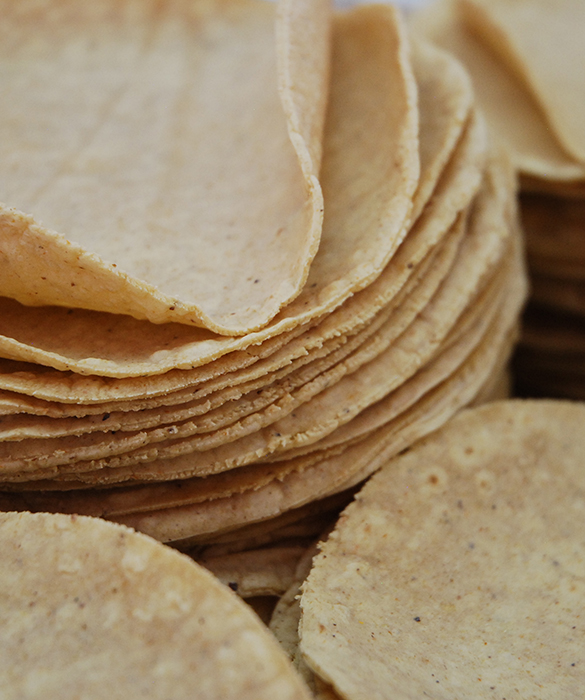
Mexican tradition holds that when a girl makes tortillas that puff up and inflate with air, it means she's ready to get married.
Photo via Flickr Creative Commons, CIMMYT




